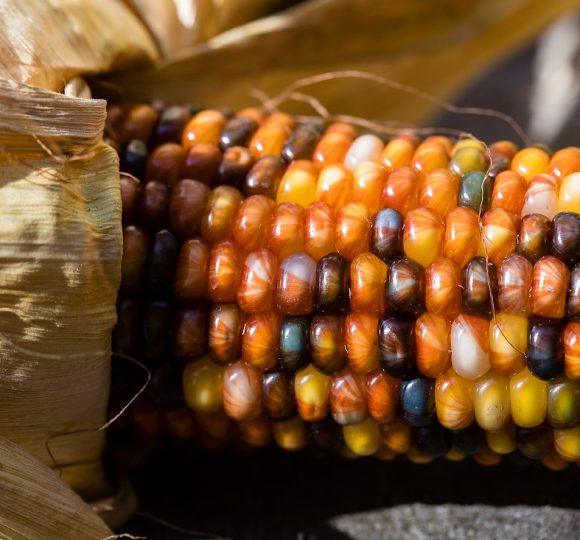The metamorphosis of some of the world’s finest farmland into suburban sprawl is one of the longest running and most insidious crises confronting the state of California. Without new land-protection strategies, what happened in the Los Angeles Basin and in what became Silicone Valley will be repeated again and again. The Williamson Act , the preeminent statute protecting California farmland has been a demonstrable success in helping farmers resist development pressure by offering tax relief in return for renewable ten-year farmland conversion restrictions, but critics of the Williamson Act argue that the incentives are easily overwhelmed, that the restrictions are too short-term, and that eligibility criteria are too blind: poorer quality grazing land qualifies just as easily as unique valley soils where high-value specialty crops can be raised. Other farmland protection programs have been quite effective but within very limited spheres of influence. Incentive programs, which had a built in advantage over land protection policies based on restrictiveness, development pressure is so ubiquitous and overwhelming that inventive (and systematic) new protection strategies need to be devised. California’s farms represent more than a $24 billion a year industry producing a quarter or the country’s table food and take on a special importance as open space. Because California’s best farmland is in semi- or starkly arid zones where precipitation is highly seasonal nearly all food crop production depends on irrigation. Thus, the first necessity of any farmer, besides arable land, is a relatively reliable and affordable water supply. While an incentive policy based on water delivery and construction (?) will be controversial and politically charged, if the greater water security for growers comes at a price, the price may be acceptable if the result is selective land protection that benefits farmers and urbanites alike and does not deflect environmental restoration goals. The U.S. Bureau of Reclamation controls the largest single bloc of irrigation water and is the only water provider in California that has an apparent mandate to develop a large amount of new water – water to replace the 800,000 acre-feet rededicated to environmental uses under the Central Valley Project Improvement Act of 1992. Undoubtedly the most far-reaching set of amendments to federal reclamation law since the original Reclamation Act was passed in 1902, CVPIA mandates sweeping changes in water allocation and delivery that affect dozens of contracting water districts and many thousands of farmers. The creation of the CalFed program, designed to promote both ecological restoration and reliability in California’s water supply, however poses an indirect threat to tens of thousands of acres of prime farmland. The impact of CVPIA has fallen unequally on different classes of water uses, the major burden borne by irrigation districts on the west side of the San Joaquin Valley, despite that development pressure is far greater on the east side of the valley.
The central challenge of any CVP-water-based incentive strategy is how to sequester and pay for a lower-cost and/or more reliable water supply. The best approach to water incentives would offer growers a choice between cost abatement and water reliability incentives, or a combination of both. More generous incentives would be earned through longer agreement terms. Using enhanced reliability as an incentive may prove less complex and politically charged than defraying water costs if the Bureau chooses to augment the CVP yield. A Proposed New Approach to Water Delivery for the Bureau of Reclamation seeks to create a Farmland Protection Partnership open to participation and membership, within prescribed limits, by any agricultural landowner receiving full or supplemental water delivery from the CVP operated by the U.S. Bureau of Reclamation.





